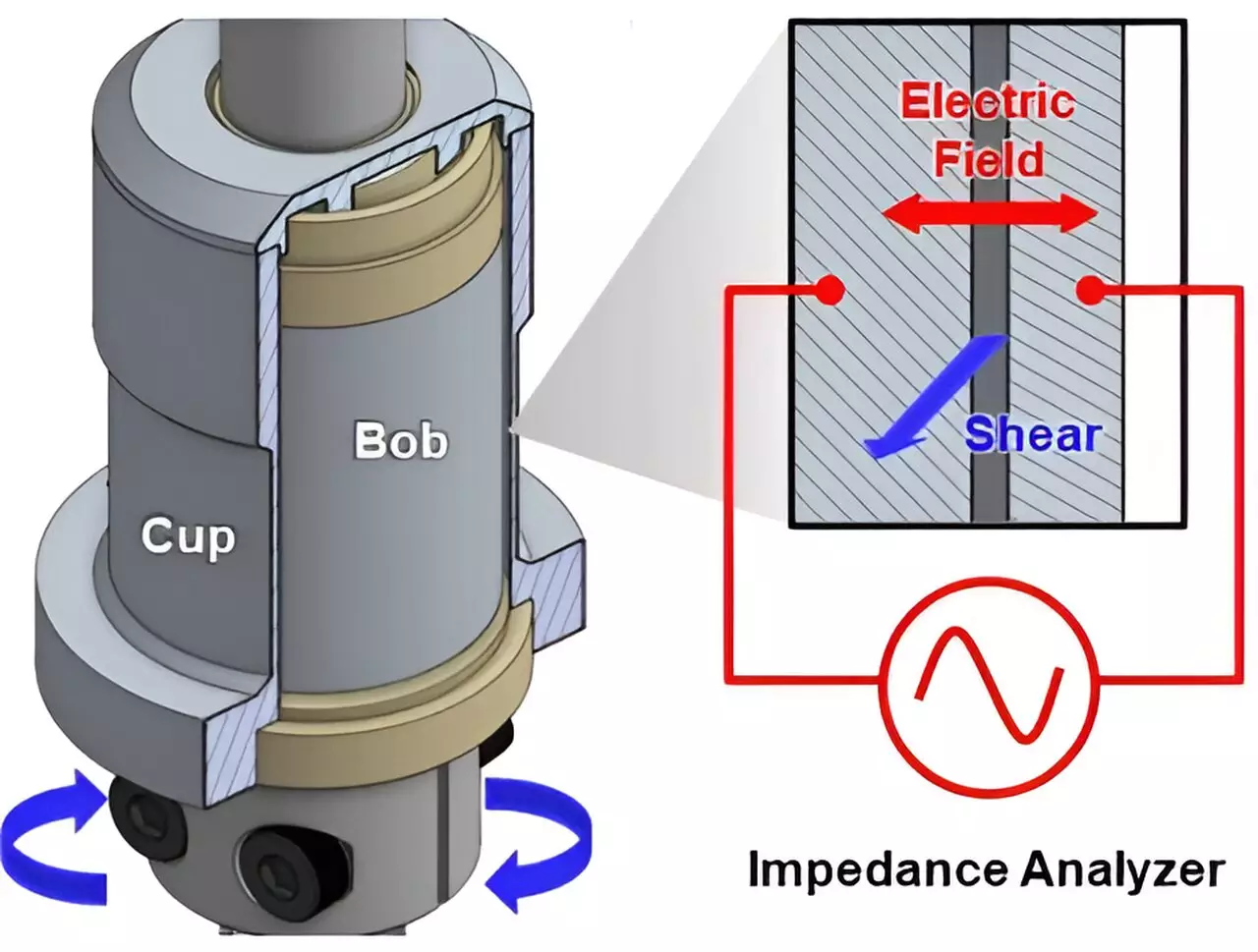In the annals of scientific advancement, few figures stand out as prominently as Thomas Edison, who, with relentless ingenuity, navigated a labyrinth of materials before unearthing the crucial tungsten filament for his groundbreaking lightbulb. This motif of trial and error remains at the very heart of modern innovation. Today, countless advancements stem from an intricate dance between experimentation and deepened comprehension of materials. Particularly in the realm of energy solutions—like batteries—engineers are tasked not just with crafting devices but also with unraveling the underlying principles governing material performance. A recent study published on August 13 in the *Proceedings of the National Academy of Sciences* highlights crucial strides in this domain, showcasing a concerted effort by academics and industry experts to address existing knowledge gaps.
The research behind this pivotal study emanates from collaborations led by the University of Delaware (UD) and Northwestern University, delving into how electrons traverse conductive slurries widely utilized in electrochemical devices including batteries. The study sheds light on a vital area of inquiry: understanding how electrons transport between conductive particles in these complex materials. By elucidating electron mobility in slurries, researchers are not merely tackling a niche aspect of battery technology; instead, they are forging pathways to enhanced energy storage solutions. The findings bear significance far beyond theoretical implications, promising tangible advancements in the efficiency and sustainability of contemporary devices.
At the helm of this research initiative is Norman Wagner, a highly esteemed expert in chemical and biomolecular engineering. His insights emphasize that merely manipulating chemical components is insufficient when striving for optimal device performance. Instead, a keen focus must be placed on microstructural dynamics—the spatial arrangement and interaction of materials—which intricately influence the behavior of electrons during electrochemical processes. Wagner’s analogy of racecars navigating a track aptly illustrates this point; even with identical engines and steering mechanisms, the varied designs of each vehicle yield distinct performances. Similarly, the arrangement of components within electrochemical systems can determine the efficacy of energy delivery in batteries.
Advancements in Slurry Technology
The study highlights the pivotal role of carbon black, or soot, in enhancing battery performance. These nano-crystals of carbon form aggregates that, when integrated into conductive slurries, facilitate electron flow through the material. However, an essential challenge persists: electrons must transit between these clusters rather than seamlessly navigating a solid structure, thereby complicating the efficiency of energy transfer. The research team utilized cutting-edge neutron-scattering techniques to deepen existing knowledge about how the flow properties of these slurries impact overall battery performance.
The culmination of these research efforts is the establishment of a universal roadmap aimed at deciphering the interplay between a slurry’s conductivity and its chemical makeup. The insights gleaned from this work enable engineers to predict how specific materials will behave under different processing conditions, thereby enhancing their capacity to design innovative electrochemical devices. Wagner expresses hope that this foundational research will inspire further advances in diverse areas, such as energy storage and water deionization technologies, marking a significant step in the evolution of energy solutions.
As the study emphasizes, effective manufacturing processes are no longer a luxury; they are essential for realizing the full potential of energy devices. Wagner’s assertion—that optimal chemistry must be complemented by efficient material processing—resonates deeply within the scientific community’s pursuit of innovation. The implications of this research are vast, indicating a future where improvements in devices such as electrolyzers—crucial for hydrogen production via water splitting—are not only theoretically attainable but practically viable. As we stand on the brink of unprecedented advancements in energy solutions, the union of meticulous experimentation and foundational understanding will be the cornerstone of progress, empowering engineers to tackle our world’s most pressing energy challenges.

